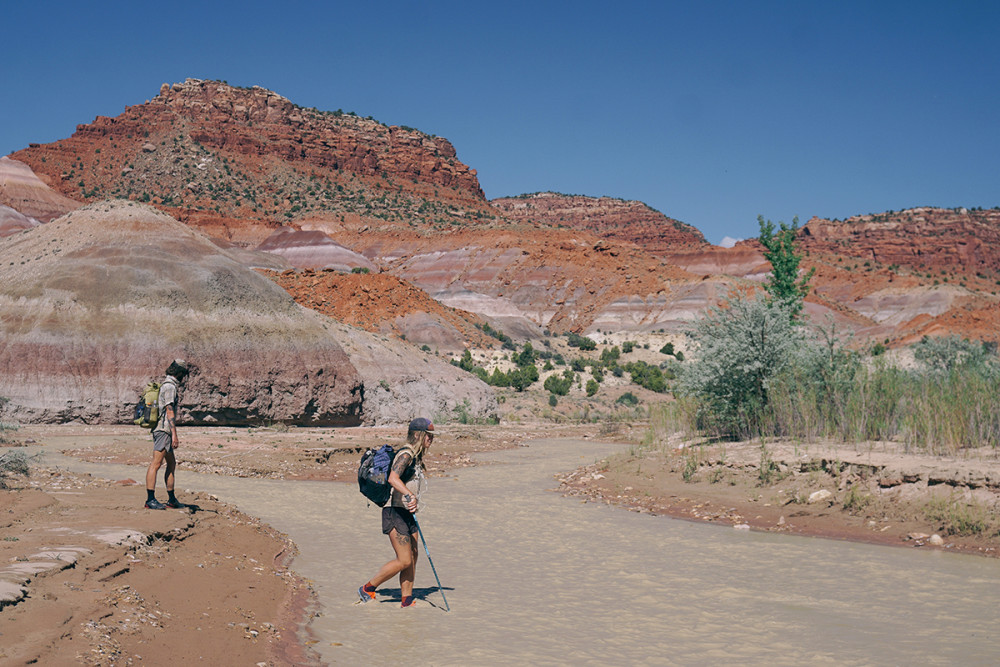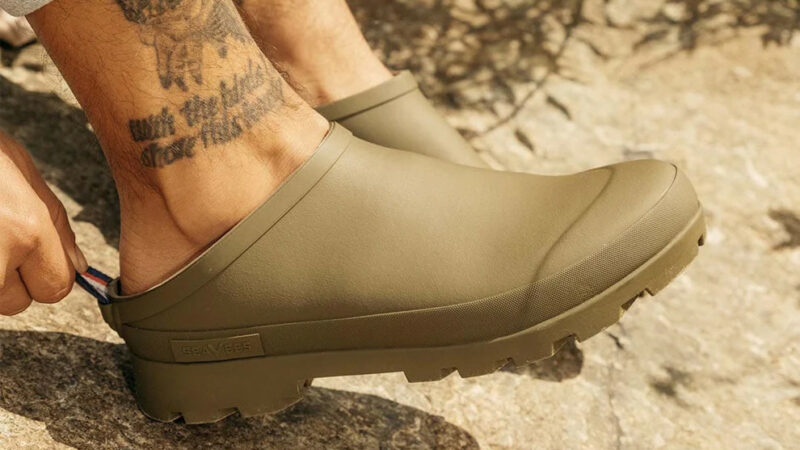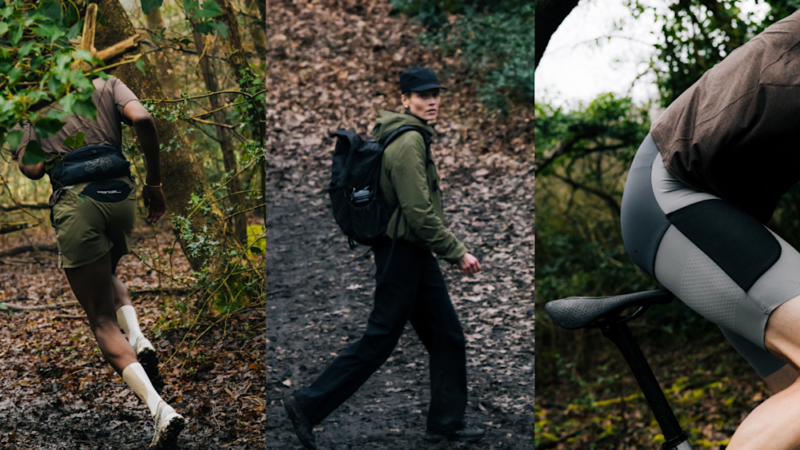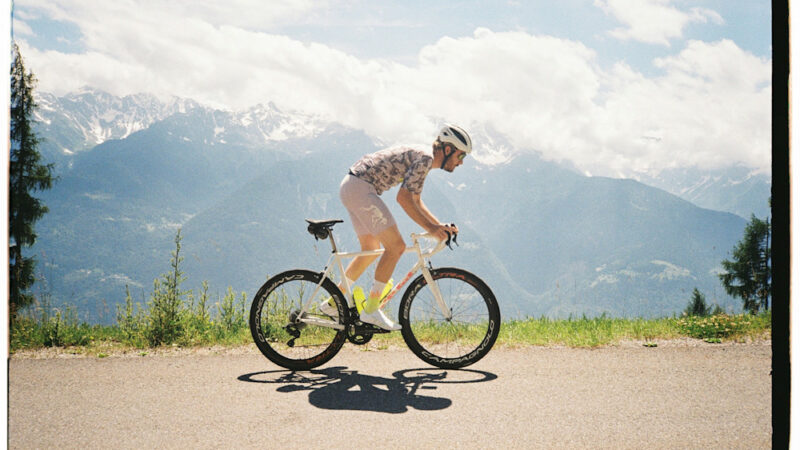What to Know Before Buying Women’s Waterproof Hiking Boots

How to pair your waterproof hiking footwear with other hiking gear
Depending on the kind of wet terrain you’re venturing into, you’ll likely want a few other pieces of waterproof gear beyond your hiking shoes. (Check our out guide to how to select the best hiking clothing for women.) A rain jacket or poncho is non-negotiable on any trip, as mountain storms build suddenly and getting wet far from the trailhead can be a bad combination. Most rain jackets can handle regular storms, but if you’re going to be getting wet often, look for something that’s rated 20,000mm / 20,000g or higher.
Waterproof pants or a skirt could be beneficial as well, depending on the temperature. In most climates, I don’t pack either as I usually wear shorts and have time to dry out after a storm. But if you’re heading into cold or particularly wet terrain, you shouldn’t overlook your bottom layers.
You’ll also want some sort of waterproof system for your pack – I keep my sleeping bag and clothing together in a trash compactor bag, but your pack may come with a raincover that will work well too.
Frequently Asked Questions
What are the best shoes for hiking?
The best shoes for hiking trips depend on the weather and terrain, so check out our guide to choosing hiking shoes for different terrains. Breathability is more important than waterproofing for most hikes though, so shoes without waterproof membranes or leather are your best bet.
Studies show that healthy hikers do not need ankle support and that higher ankles don’t provide adequate support anyways, so boots generally only offer a weight penalty. Hikers without a history of ankle injury will do better with lighter, more breathable hiking shoes or even waterproof trail runners.
Are waterproof boots really waterproof?
Unless we’re talking about rubber rain boots, “waterproof,” as it’s colloquially used for hiking footwear, is actually water-resistant.
Though leather and certain synthetic liners are often described as “waterproof” materials, they’re actually only “water-resistant” and will eventually wet out over time. Truly waterproof materials like rubber and vinyl are not breathable, which is why leather and GORE-TEX are used in active footwear instead.
Waterproof boots are generally more durable than water-resistant boots, given the materials used. However, water resistant boots will be substantially more comfortable for hiking than stiff rubber rain boots.
Do you need waterproof hiking shoes?
Waterproof hiking shoes are only necessary in particular circumstances, particularly cold, wet terrain. Waterproof membranes work best when the outside temperature is colder than the temperature inside your shoes, allowing the cooler air to draw the warmer air out through tears in the membrane.
Additionally, water-resistant membranes are good at letting water vapor out but not as great at letting actual water droplets escape. This means that waterproof shoes can actually trap water inside if they’ve been submerged and they are not quick to dry, so it’s best to avoid waterproof shoes unless they’re absolutely necessary.
How much should hiking boots weigh?
Hiking boots can easily weigh 3lbs each, which is quite a load on your feet. If the weather and terrain call for boots and you are a healthy hiker without any history of sprains, shoot for lightweight models, which are generally anything under 2lbs.
What is the difference between hiking shoes and hiking boots?
Hiking boots are cut higher than hiking shoes and may feature thicker soles and a shank in the midsole for added stiffness. Materials vary, but hiking shoes often use slightly more breathable materials in the upper and soles to keep the shoes lighter weight. Hiking boots can often be resoled as well, which makes them a potential lifetime investment.
Source: https://www.fieldmag.com/articles/waterproof-hiking-boot-women-guide







